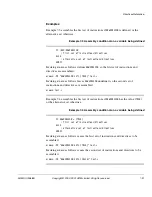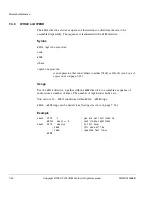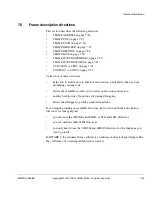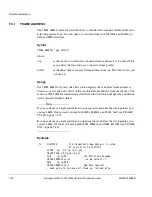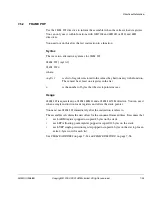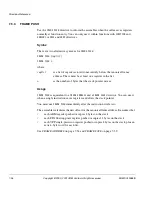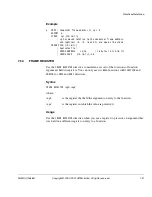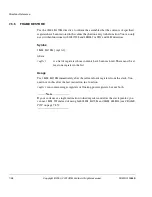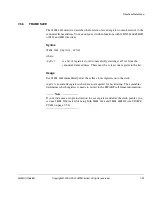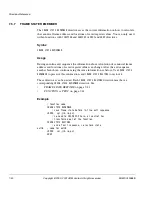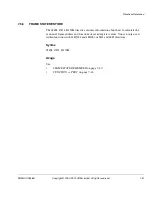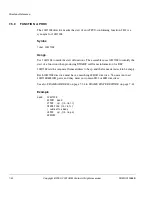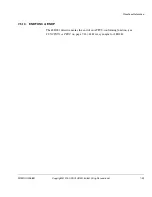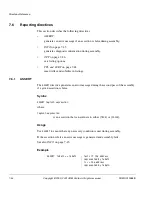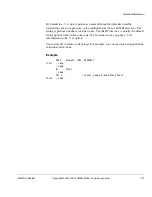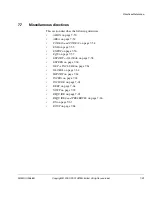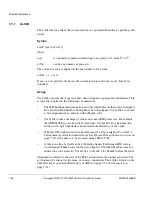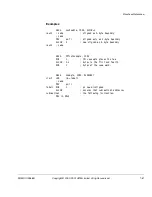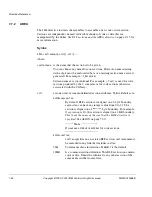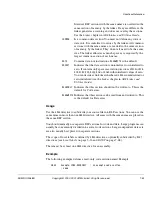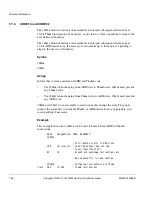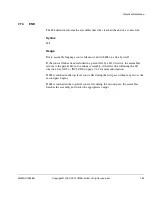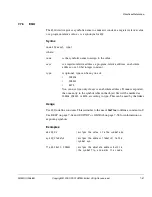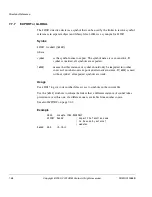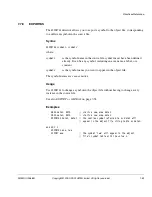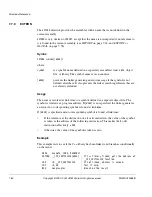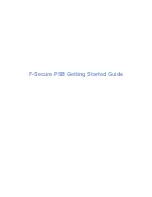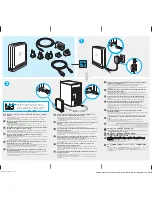
Directives Reference
ARM DUI 0068B
Copyright © 2000, 2001 ARM Limited. All rights reserved.
7-45
7.6.2
INFO
The
INFO
directive supports diagnostic generation on either pass of the assembly.
! is very similar to
INFO
, but has less detailed reporting.
Syntax
INFO
numeric-expression, string-expression
where:
numeric-expression
is a numeric expression that is evaluated during assembly. If the
expression evaluates to zero:
•
no action is taken during pass one
•
string-expression
is printed during pass two.
If the expression does not evaluate to zero,
string-expression
is printed
as an error message and the assembly fails.
string-expression
is an expression that evaluates to a string.
Usage
INFO
provides a flexible means for creating custom error messages. See
Numeric
expressions
on page 3-20 and
String expressions
on page 3-19 for additional
information on numeric and string expressions.
See also
ASSERT
on page 7-44.
Examples
INFO 0, "Version 1.0"
IF endofdata <= label1
INFO 4, "Data overrun at label1"
ENDIF

